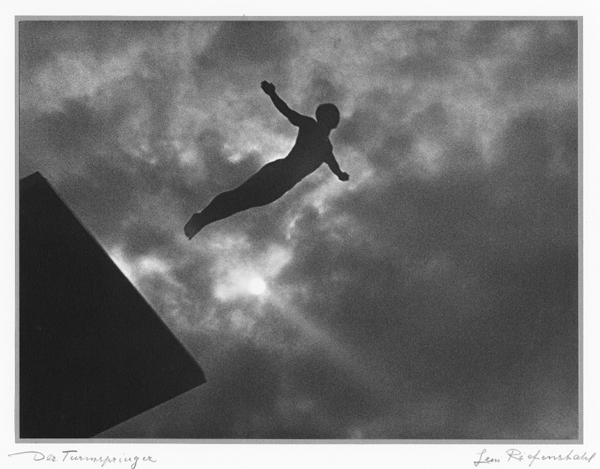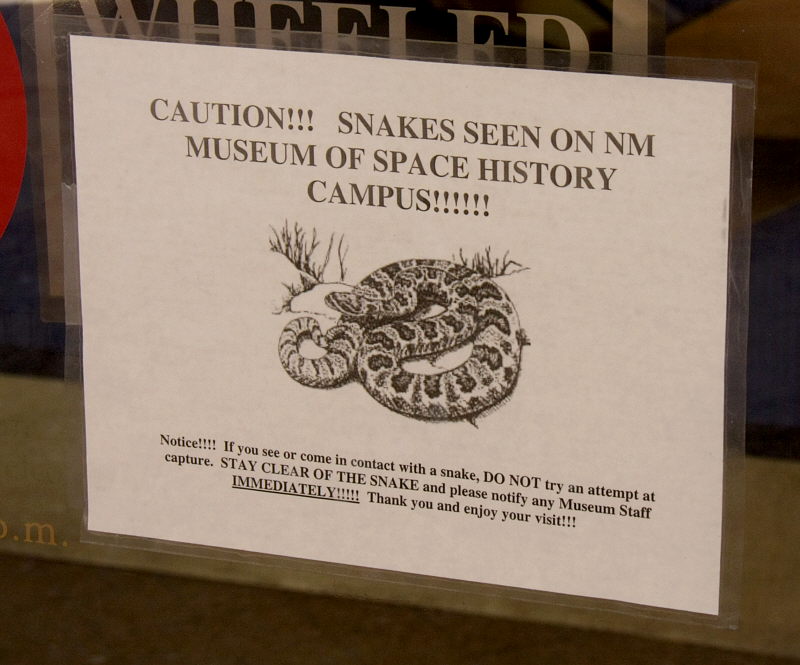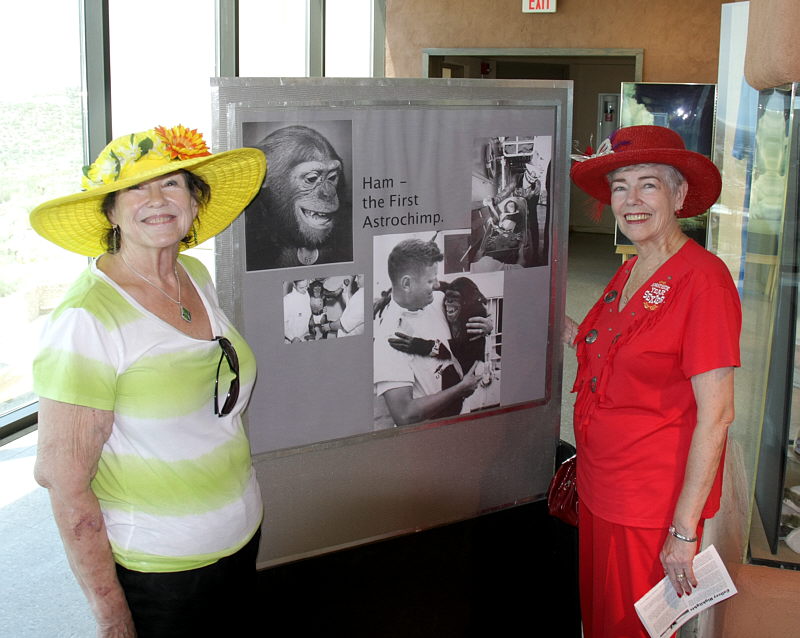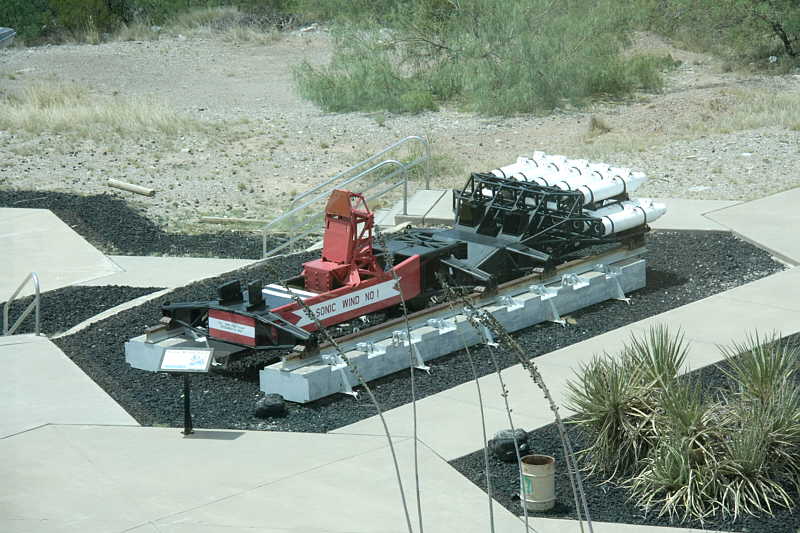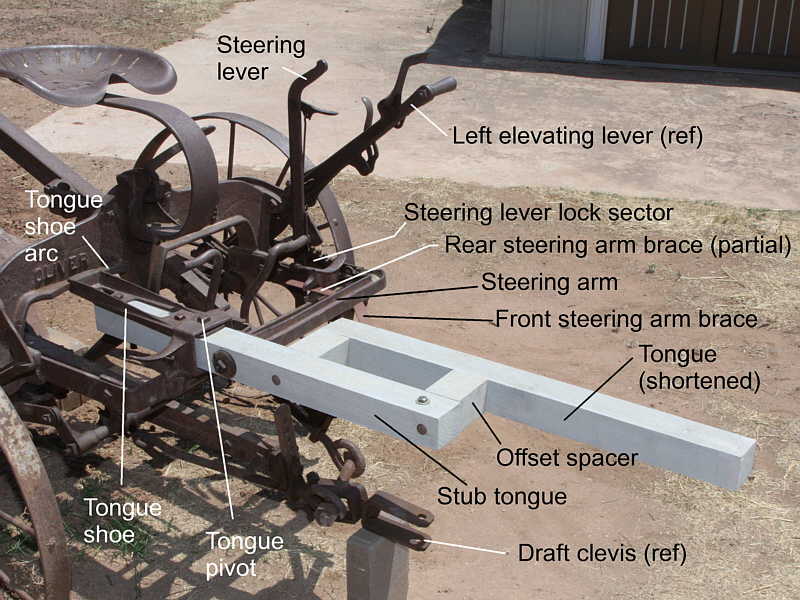Doug Kerr
Well-known member
Often I will encounter a photo, or a painting, or a piece of sculpture, or a musical performance, and find it to be "delightful" without knowing anything about the artist, or the subject, or the circumstances. It has a value to me in its own right.
Yet if it is accompanied by such background that typically adds another layer of value to me. And I will often, when such is not provided, go to considerable length to dig some of that out. How did that locomotive get into that museum, and why does its air brake line hose seem to be on the wrong side?
What I find less valuable - in fact, sometimes repellent - is the escalating attention given to taxonomy - what is art, and what is fine art, and what is street photography, and what are HDR images. Or discussions of "can a photograph have value if we don't know the intent of the photographer."
Now if it had been discovered in the translation of a newly-discovered document that the early Greek astronomers used a previous-unknown tool called a "goniotran", and we wanted to know what that actually was, that would be a worthwhile investigation.
But as to these other matters, I remind you of my recurrent question: "If we can agree on what 'fine art' is, what can we do with that knowledge?" Perhaps it helps us to know in which division of the State Fair to submit a piece of our work.
These debates are not just fruitless. They seem to, much more than debates over actual substantive issues, to bring out some of the worst in us, to provoke character assassination, to lead to attacks on positions never actually said.
This situation is parallel to the sad situation in the governance of the United States, where the United States Congress has been transmogrified from an actual governing body into the arena in which a new sport league, with only two teams, holds fights to the death, no holds barred, for an unclear prize.
But maybe some day that will become an Olympic event. And even later, so might be the sport of arguing over "what is street photography".
Carla reminds me that when I was younger (maybe 62), when photographing marching bands, I would often lie in the street to get a needed perspective. She says she is glad that I outgrew street photography.
Now to breakfast.
Best regards,
Doug
Yet if it is accompanied by such background that typically adds another layer of value to me. And I will often, when such is not provided, go to considerable length to dig some of that out. How did that locomotive get into that museum, and why does its air brake line hose seem to be on the wrong side?
Did you know that one musical theme that appears in the scores of two World War 2 submarine movies made in the early 1950s, one score credited to Max Steiner and the other not, was originally written by Steiner in 1934 for a submarine movie ("Submarine D-1"), was later used in his score for the film "Dive Bomber" (1937), and was later given lyrics by Gus Kahn ("We watch the skyways") so Daffy Duck, as a pilot, could sing it in an extended Loony Tunes cartoon?
Well, I spent much of last night finding that out. (And I had been after the back story of that musical theme for over 25 years!)
I continue to be so impressed by the continuing, and even accelerating, wealth of photographic work presented here. Much of it is in fact accompanied by the "extra value" of the story of the subject, or the event, or how it came to be photographed.Well, I spent much of last night finding that out. (And I had been after the back story of that musical theme for over 25 years!)
What I find less valuable - in fact, sometimes repellent - is the escalating attention given to taxonomy - what is art, and what is fine art, and what is street photography, and what are HDR images. Or discussions of "can a photograph have value if we don't know the intent of the photographer."
Now if it had been discovered in the translation of a newly-discovered document that the early Greek astronomers used a previous-unknown tool called a "goniotran", and we wanted to know what that actually was, that would be a worthwhile investigation.
But as to these other matters, I remind you of my recurrent question: "If we can agree on what 'fine art' is, what can we do with that knowledge?" Perhaps it helps us to know in which division of the State Fair to submit a piece of our work.
These debates are not just fruitless. They seem to, much more than debates over actual substantive issues, to bring out some of the worst in us, to provoke character assassination, to lead to attacks on positions never actually said.
This situation is parallel to the sad situation in the governance of the United States, where the United States Congress has been transmogrified from an actual governing body into the arena in which a new sport league, with only two teams, holds fights to the death, no holds barred, for an unclear prize.
But maybe some day that will become an Olympic event. And even later, so might be the sport of arguing over "what is street photography".
Carla reminds me that when I was younger (maybe 62), when photographing marching bands, I would often lie in the street to get a needed perspective. She says she is glad that I outgrew street photography.
Now to breakfast.
Best regards,
Doug

